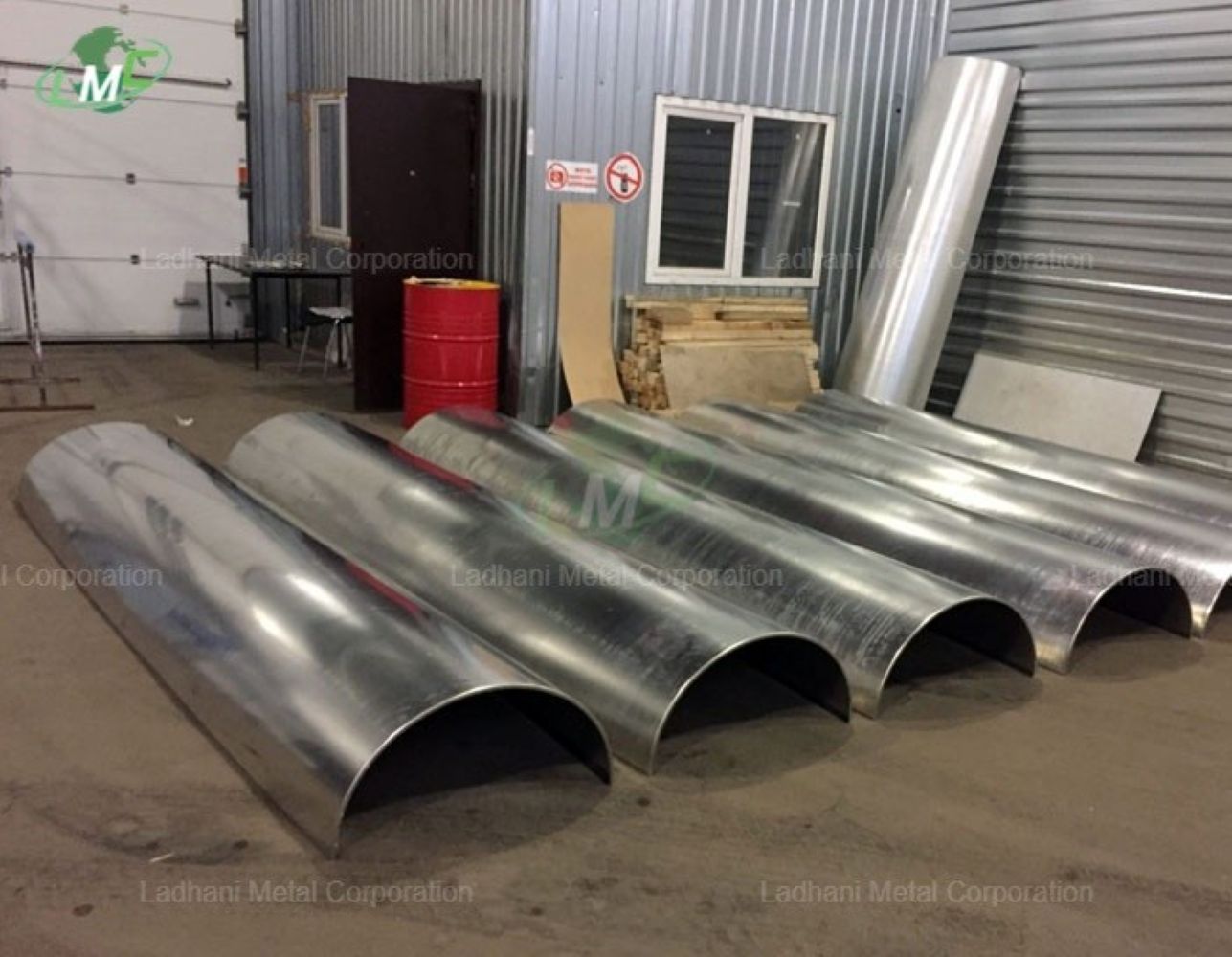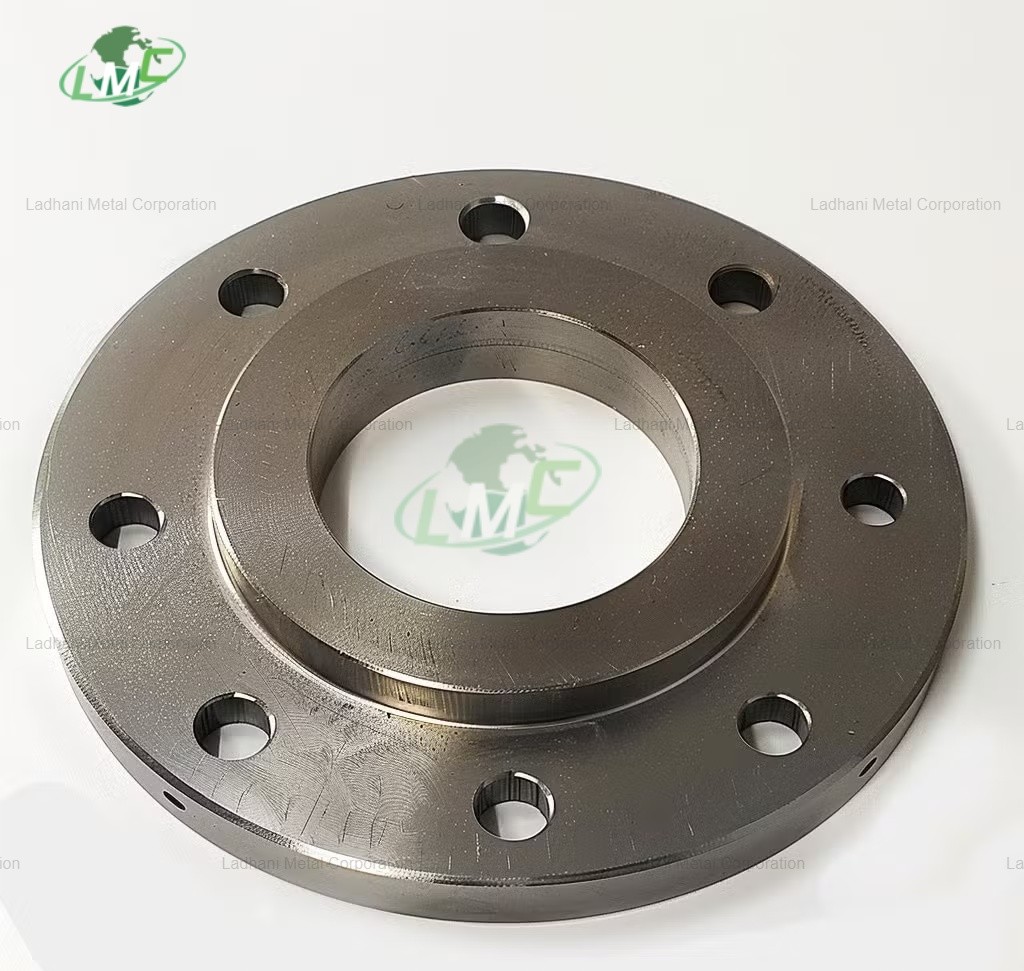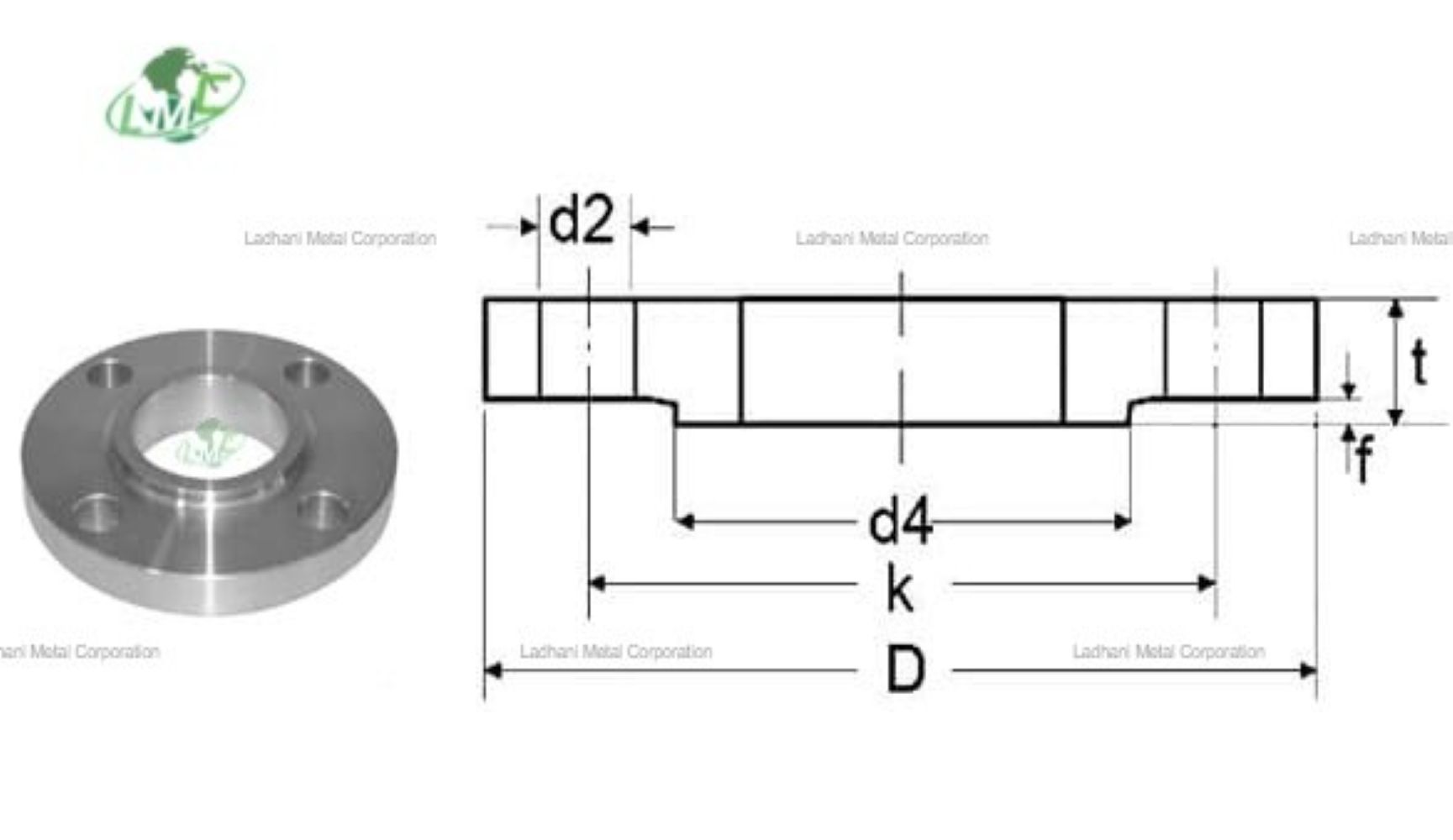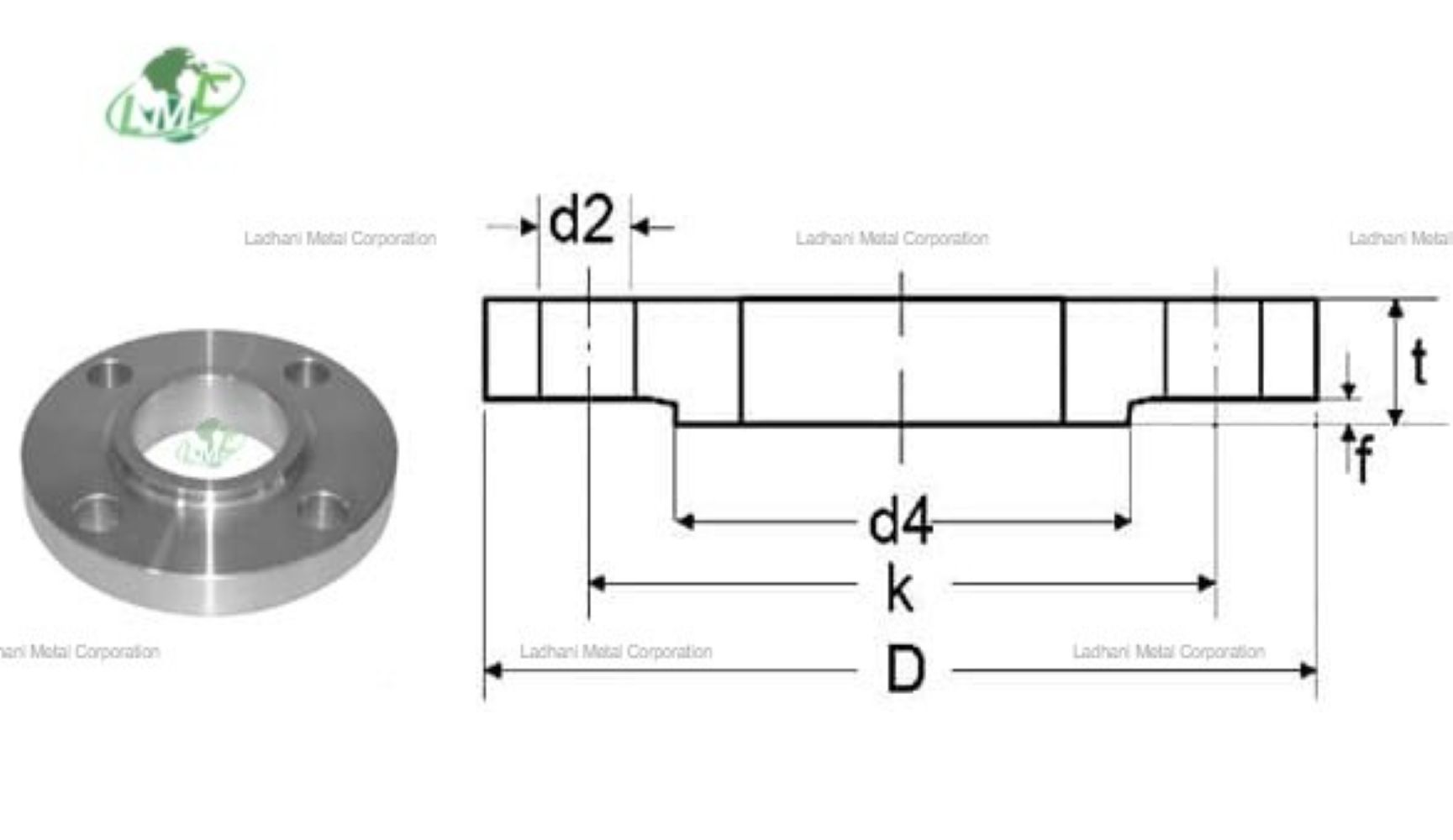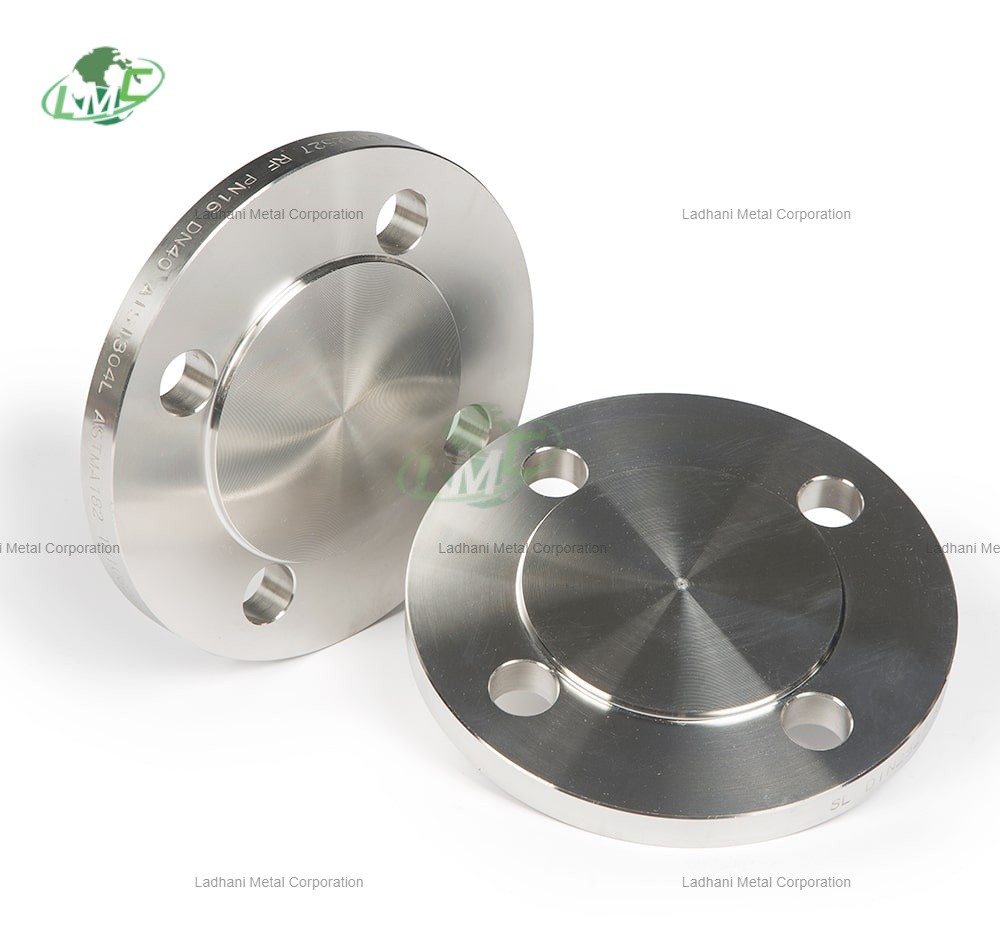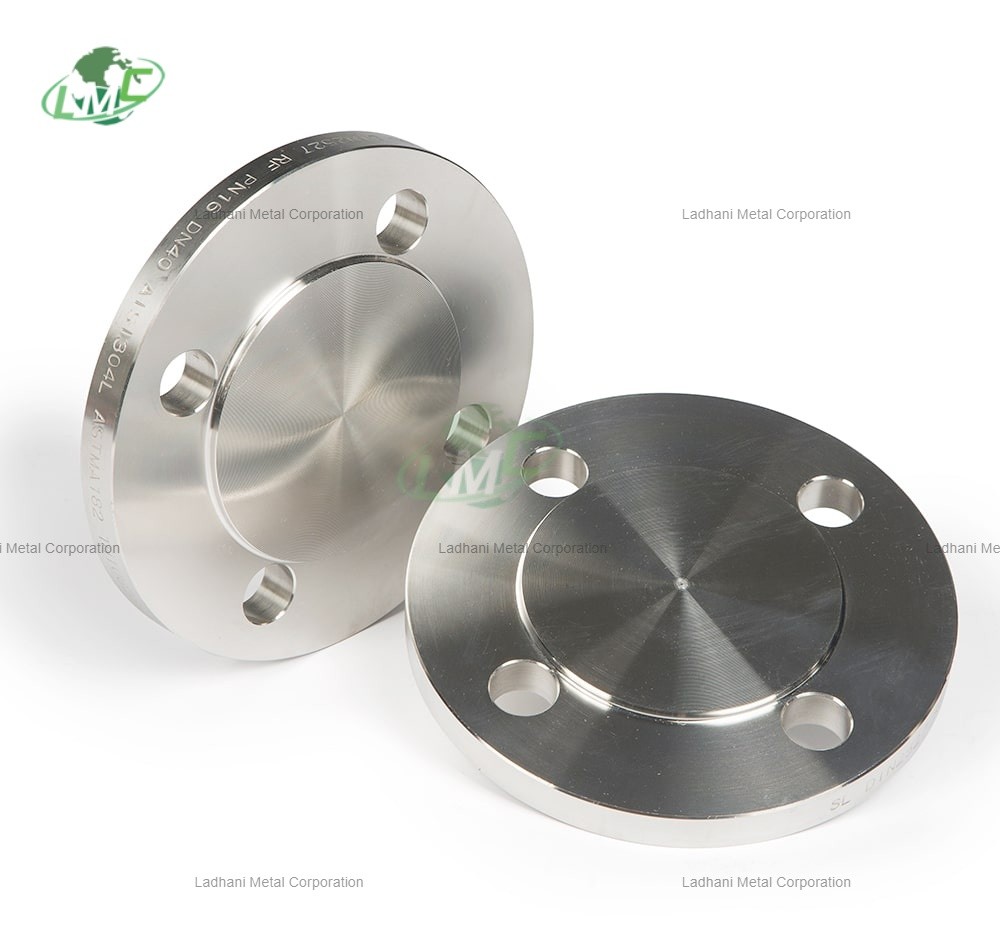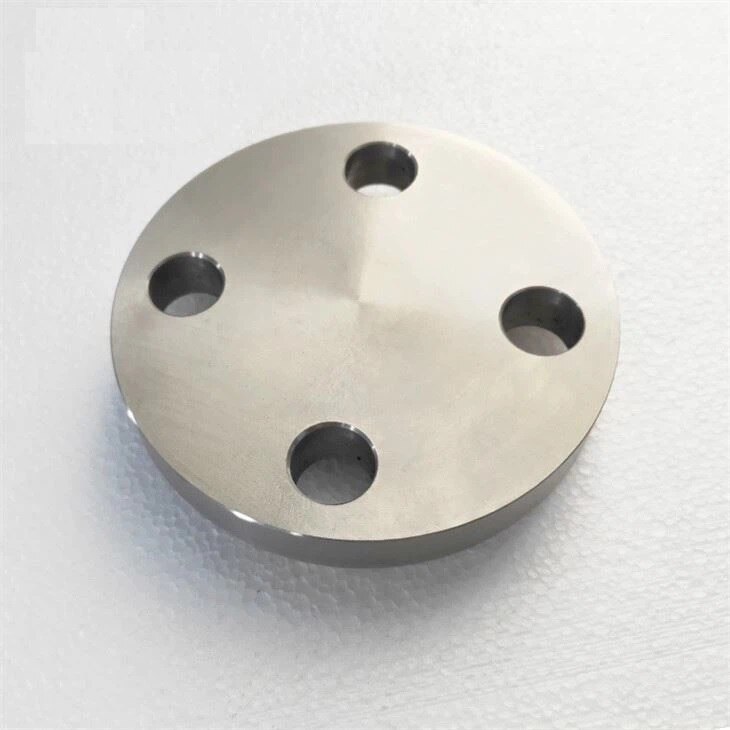What is a Half Round Tube Shield? A Half Round Tube Shield is a specially designed metal cover that fits over the external curvature of tubes or pipes. It is commonly used in boilers, heat exchangers, and various high-temperature piping systems to prevent damage caused by erosion, corrosion, high-velocity gas flow, and thermal fatigue. These shields serve as a first line of defense by absorbing mechanical and chemical wear, thereby significantly extending the life of the underlying tubes. Tube shields are essential in high-stress areas where exposure to combustion gases, ash particles, or high-velocity steam can quickly degrade unprotected surfaces. By preventing direct impact on the base metal, they help reduce operational downtime, lower maintenance costs, and prevent unexpected system failures. In boiler systems, tube shields are especially important to avoid tube thinning and ruptures, ensuring safer and more efficient operation. Product Overview At Ladhani Metal Corporation, we manufacture and supply premium-quality Half Round Tube Shields for a wide range of industrial applications. Our products are known for their dimensional accuracy, durability, and superior resistance to wear and corrosion. Designed for harsh operating environments, our tube shields can be customized in terms of thickness, radius, length, and grade to suit specific operating requirements. Whether you require protection for straight tubes, bends, or special boiler tube configurations, we have a solution tailored for you. Available Grades We manufacture Half Round Tube Shields using high-performance stainless steel and alloy steel grades that are selected based on their mechanical strength, temperature tolerance, and corrosion resistance. Stainless Steel Grades: • SS 304, SS 304L • SS 316, SS 316L • SS 310, SS 310S • SS 410, SS 420, SS 430 Heat-Resistant & Alloy Steel Grades: • 1Cr18Ni9Ti • Cr25Ni20 • 1Cr25Ni20Si2 • Cr23Ni13 • 1Cr20Ni14Si2 • 1Cr13 These materials ensure the shields can withstand aggressive media, thermal cycling, and high-velocity particulate flow without cracking or deforming over time. Types of Half Round Tube Shields We offer various forms of Half Round Tube Shields to match different tube geometries and boiler configurations: • U-Type Half Round Tube Shield Designed to cover both the top and sides of the tube, offering extended protection in U-bend areas where wear is most common. • U-Type Outer Half Round Tube Shield Specifically shaped to shield the outer curvature of U-bend tubes, ideal for areas exposed to direct flame or gas flow. • U-Type Inner Half Round Tube Shield Fits the inner curvature of U-bend tubes to protect against erosion caused by high-velocity media turning around the bend. • Half Round Tube Shield for LTSH Type Custom-made to fit tubes in Low Temperature Super Heater (LTSH) sections, providing protection from ash and flue gases. • Half Round Straight Tube Shield Standard half-round shields used for straight tube sections, offering easy installation and effective protection. • Half Round Tube Shield for R/H Tube Designed for Reheater (R/H) tubes, typically found in high-temperature zones; made from heat-resistant materials. • Half Round Shield for Tube A general-purpose shield suitable for various industrial tubes requiring surface protection. • Half Round Tube Shield for WW Screen Engineered to fit water wall screen tubes, protecting against slagging and high radiant heat. • Half Round Tube Shield for Boiler Tube Specifically designed for boiler applications, these shields reduce wear cau Each type is designed for easy integration into existing boiler or piping systems, whether for repair, reinforcement, or preventive maintenance. Key Features ✔ High Durability – Effectively resists erosion, mechanical abrasion, scaling, and chemical attack ✔ Accurate Half-Round Fit – Custom-formed to ensure close contact and full protection of tube surface ✔ Weld-On or Clip-On Installation – Offers flexibility based on site requirements and installation methods ✔ Custom Sizes Available – Tailored to meet specific pipe diameters, wall thicknesses, and operating conditions ✔ Corrosion & Heat Resistance – Performs reliably under prolonged exposure to high temperatures and corrosive flue gases Conclusion Half Round Tube Shields by Ladhani Metal Corporation provide robust protection for critical tubing in boilers, heat exchangers, and high-temperature piping systems. Manufactured with a focus on performance, longevity, and ease of installation, these shields are a dependable solution for industrial operators aiming to enhance system reliability and reduce unplanned maintenance. 📩 Get in touch with us today for customized solutions, bulk order pricing, or technical consultations tailored to your specific industry requirements.
Send Message
